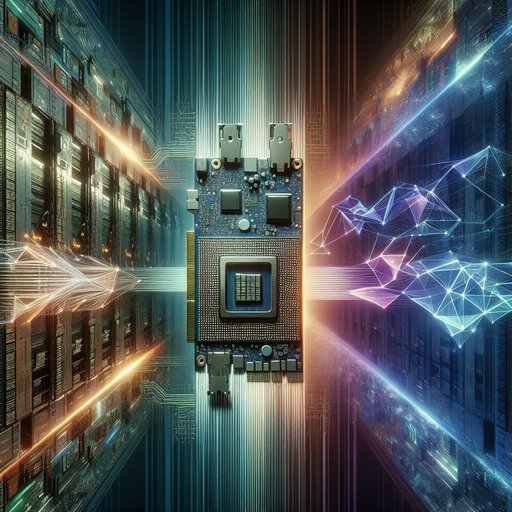
Operating systems define how humans and hardware cooperate, and the path from early Unix to today’s macOS, Linux distributions, and Windows reveals how design philosophies mold that cooperation. Unix introduced portability, text-first tooling, and process isolation that still anchor modern software practice. macOS channels Unix heritage through a carefully integrated desktop and tight hardware-software coupling, Linux turns the Unix ethos into a global, modular ecosystem, and Windows optimizes for broad compatibility and cohesive application frameworks. Tracing these choices clarifies why terminals feel familiar across platforms, why software installs differently on each, and why security hardening has converged despite divergent histories. The story is less a lineage than a dialogue: common ideas refined under different constraints, producing distinct user experiences and system architectures that continue to influence how we build, deploy, and secure software at every scale.

Quantum computing has evolved from a provocative idea in theoretical physics to a globally coordinated engineering effort, with laboratories and companies racing to build machines that exploit superposition and entanglement. Unlike classical processors that flip bits through irreversible logic, quantum devices manipulate wavefunctions with delicate, reversible operations that harness interference to reveal answers. This shift is not a faster version of today’s computing; it is a different model that excels at particular classes of problems, notably cryptanalysis and the simulation of quantum matter. Progress is tangible—larger qubit arrays, better control electronics, and maturing software stacks—but the field is still constrained by noise and the overhead of error correction. Understanding what quantum computers can and cannot do today is essential to charting realistic timelines for secure cryptography and scientific discovery.

The contest among Intel’s x86 CPUs, ARM-based processors, and AMD’s RDNA GPUs is not a simple horse race; it is a clash of design philosophies that now meet at the same bottleneck: energy. Each camp optimizes different trade-offs—x86 for legacy performance and broad software compatibility, ARM for scalable efficiency and system integration, and RDNA for massively parallel graphics and emerging AI features within strict power budgets. As form factors converge and workloads diversify—from cloud-native microservices and AI inference to high-refresh gaming and thin-and-light laptops—these approaches increasingly intersect in shared systems. Understanding how they differ, and where they overlap, explains why performance no longer stands alone and why performance per watt has become the defining metric of modern computing.

Graphics processors began life as helpers to the CPU, moving pixels across the screen and accelerating windowed desktops. Over three decades, careful architectural changes and a maturing software stack turned them into the dominant parallel compute engines of our time. NVIDIA’s CUDA platform unlocked general-purpose programming at scale, and deep learning quickly found a natural home on this throughput-oriented hardware. At the same time, cryptocurrency mining exposed both the raw performance and the market volatility that massive parallelism can unleash. Tracing this path illuminates how a once-specialized peripheral became central to scientific discovery, modern AI, and even financial systems.










































